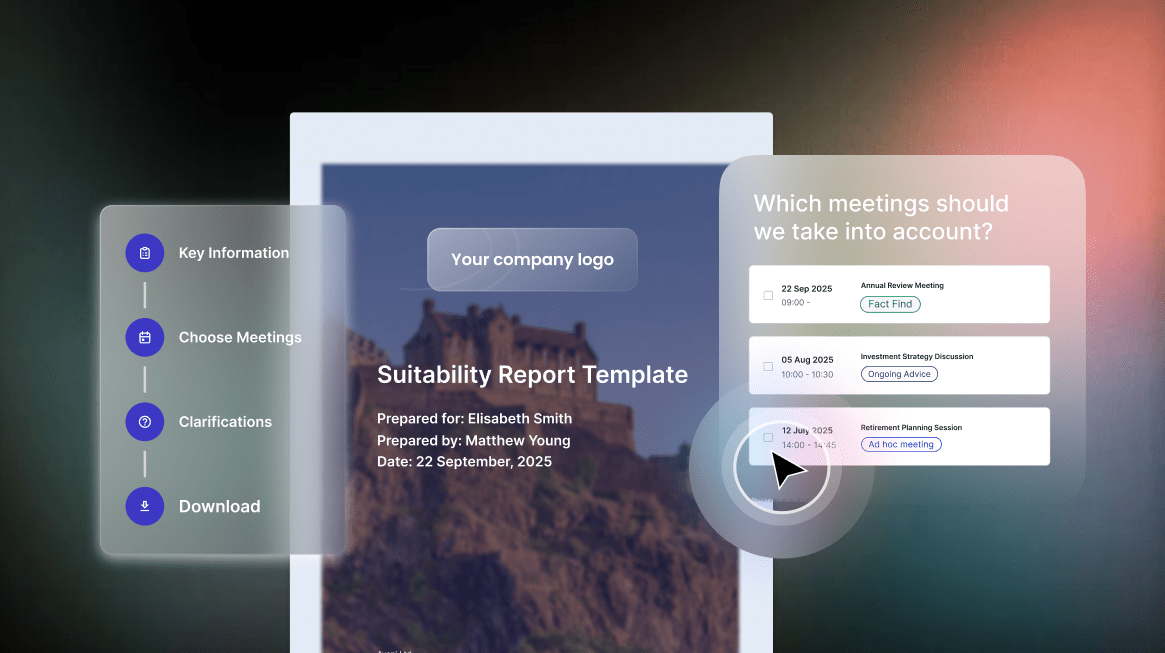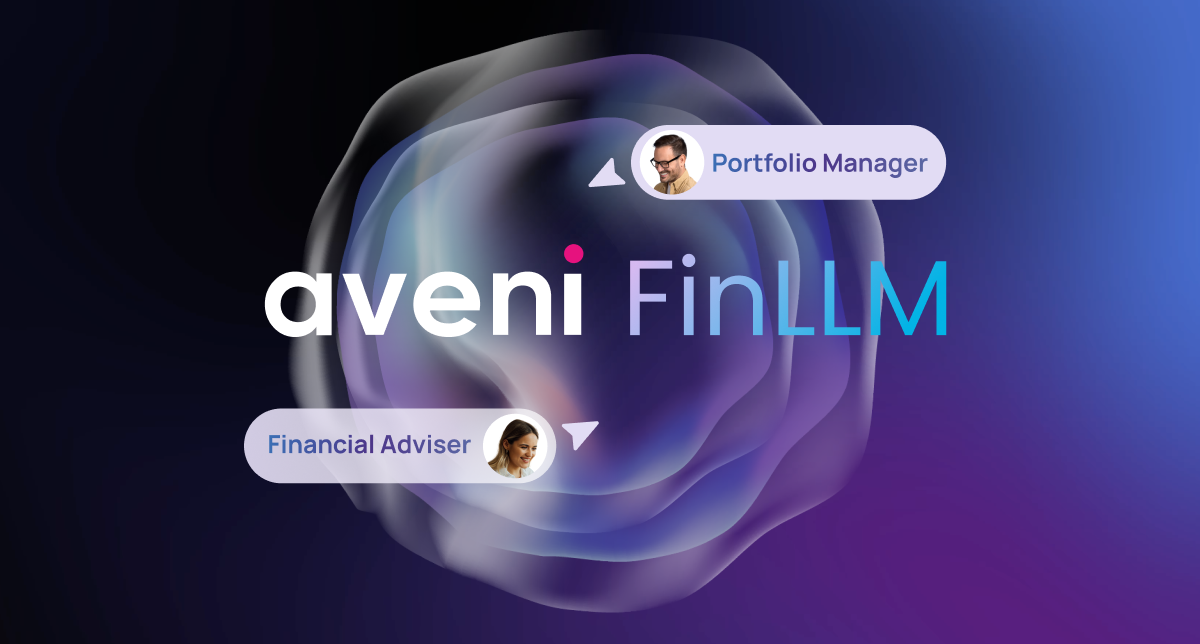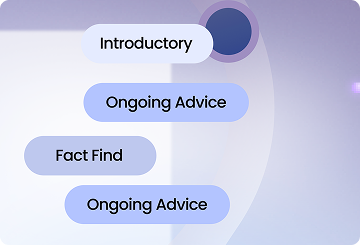The promise of AI automation in financial services is transformative: faster processes, lower compliance risk, liberated employee time, and better customer outcomes.
Yet, even the best tools (like Aveni Assist 😉) can stumble if they aren’t adopted properly by the people they’re designed to empower.
Why?
Because introducing AI into a business isn’t just a technology project.
It’s a behaviour change project.
To succeed, leaders must understand the psychology of adoption and actively shape a supportive environment that promotes confidence, trust, and habitual use.
Here’s a practical guide to doing it right.
Understanding the Behavioural Stages of AI Adoption
Implementing automation tools typically follows predictable psychological stages among users:
| Stage | User Mindset | What They’re Thinking |
| Awareness | Curiosity mixed with scepticism | “What is this new tool? Will it replace me? Will it add to my workload? Will it take long to learn?” |
| Understanding | Beginning to grasp purpose and relevance | “How does it actually help me day to day?” |
| Trial and Early Usage | Testing, cautious optimism | “I’ll try it… but if it slows me down, I’ll drop it.” |
| Habit Formation | Embedding into daily routines | “This is saving me time — it’s becoming second nature.” |
| Advocacy | Championing the tool to others | “You should be using this, it’s a game changer! I’m getting a ton of value from it” |
Recognising these stages allows you to anticipate emotional reactions and proactively support users along the journey.
Common Psychological Hurdles to Overcome
When introducing AI automation tools into a financial services organisation, understanding and addressing the
human barriers to change is crucial. These hurdles are rarely about the technology itself, they’re about how people feel it will affect their role, status, and day-to-day experience.
Here are some of the most common psychological challenges you’ll need to navigate, and how to tackle them effectively.
Fear of Replacement
One of the most deep-seated concerns employees may have is the fear that AI is being introduced to replace them. It’s natural for advisers and support staff to wonder, “Is this tool coming for my job?” If left unaddressed, this fear can create resistance or even active disengagement.
To overcome it, leaders should reframe the narrative. Rather than presenting it as a tool to cut jobs, position automation tools as a way to empower advisers. It eliminates tedious post-call admin, freeing advisers to focus on what only humans can do: building client trust, delivering empathetic advice, and creating real value in relationships. Emphasise that tools like Aveni Assist augments, rather than replaces, the human adviser.
Loss of Autonomy
Another common concern is around autonomy and control. Employees may feel anxious that using AI will mean losing control over how they work or what outputs they produce. Some will quietly think, “Will I just become a cog in an AI-driven machine?”
To address this, it’s vital to position AI as a co-pilot, not a commander. Make it clear that the adviser remains firmly in the driving seat: for example, AveniAssist provides intelligent support, recommendations, and automates the administrative burden, but the adviser remains responsible for final outputs and decisions. Reinforce the message that AI enhances human judgment rather than replacing it.
Change Fatigue
In an industry often flooded with new regulations, processes, and technologies, “change fatigue” is a real phenomenon. Advisers might not oppose Assist directly, but instead feel an undercurrent of exhaustion: “Another system to learn? I’m already overwhelmed.”
The antidote here is simplicity and seamlessness. Communicate from the outset that Aveni Assist has a minimal learning curve, it’s designed to fit neatly into existing workflows, not to create new ones. Short training sessions, intuitive interfaces, and easy-to-access support channels are essential to reduce perceived cognitive load. If advisers feel that Assist is an enabler, not another project or burden, they are far more likely to adopt it willingly.
Scepticism About Value
Finally, even with understanding and ease of use, many will still approach Assist with a healthy degree of scepticism: “It sounds good… but will it really help?” Financial services professionals are trained to be risk-averse, and promises of transformational technology are often met with folded arms until proven otherwise.
To win over the skeptics, you need to prove quick wins, fast. Focus early communications around tangible, measurable benefits: time saved per call report, faster client follow-ups, improved audit readiness, fewer compliance queries. Create case studies, testimonials, or even simple internal stats to demonstrate that value isn’t just theoretical, it delivers real-world, immediate improvements to their daily work.
By recognising these human factors early, and responding with empathy, clarity and proof, organisations can dramatically accelerate adoption, turning hesitation into enthusiasm, and helping AI initiatives become embedded successes.
Proactive Strategies to Promote Successful Usage
Here are the practical things you can do to encourage adoption and make Aveni Assist part of the DNA of your business:
1. Identify and Empower Superusers Early
- Find early adopters who are enthusiastic about tech.
- Train them deeper, not just on the tool, but on how to advocate for it.
- Publicise their successes:
➔ “Thanks to Aveni Assist, James cuts his report writing time by 40%, and now speaks to 20% more clients each week.”
Tip: Create “Assist Champions” groups – make adoption feel peer-led, not top-down mandated.
Learn how enterprise firms are scaling suitability report automation
2. Communicate Benefits at the Individual Level
- Not just “the business will be more efficient.”
➔ “You’ll spend 2 hours less on paperwork each week, and have more time with clients, or simply less overtime.”
Make it personal, practical, and immediate.
3. Design Early Wins and Celebrate Them
- Set small targets: first 10 reports completed via Aveni Assist, first compliance audit using AI-generated outputs for example
- Celebrate milestones publicly: newsletters, Slack shoutouts, team meetings.
Tip: Use data: “Since launching Assist, our advisers have reclaimed 300+ hours of client-facing time!”
4. Reduce Friction at Every Touchpoint
- Keep onboarding simple – no hour-long training sessions needed.
- Provide quick-reference guides and “how-to” videos.
- Offer low-pressure support channels: drop-in clinics, 5-min Q&As.
Tip: If people struggle for even 2–3 days at the start, they may abandon it. Immediate support matters.
5. Frame Assist as a Career-Enhancing Tool
- AI fluency is becoming a must-have skill in financial services.
- Position users of AI tolls as future-ready, ahead of the curve, boosting career prospects.
Tip: Add this into training messaging: “Learning to use AI tools like Assist puts you at the forefront of adviser excellence.”
Final Thoughts
Rolling out an AI automation tool like Aveni Assist isn’t just about installing software.
It’s about winning hearts and minds.
It’s about showing people how technology can remove drudgery, unlock their potential, and make their work more meaningful.
Success doesn’t come from commanding adoption.
It comes from designing for it, supporting it, and celebrating it.
Start small.
Communicate clearly.
Make heroes out of your early adopters.
And watch how fast change can happen.






